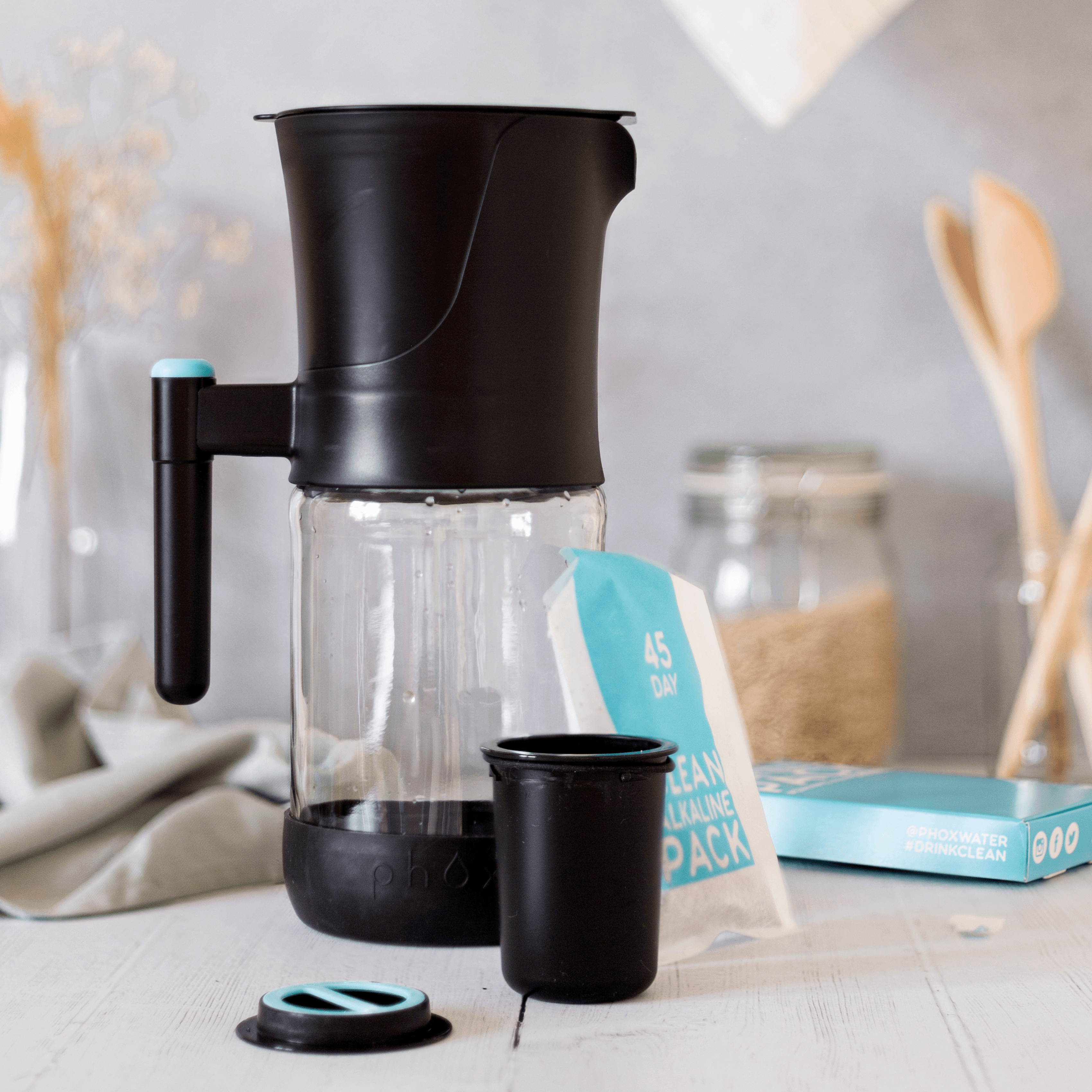Should You Measure TDS in Your Drinking Water?
Total Dissolved Solids (TDS) can often be the go-to measurement when trying to identify the properties in your drinking water.
Too often though, TDS measurements have become conflated with water quality and this is inaccurate. The belief that the a TDS level close to 0 is the most desirable is not really based on anything, least of all hydration.
Before explaining why TDS readings are not representative of water quality, let's first talk about what they actually are.
What are Total Dissolved Solids?
Total Dissolved Solids (TDS) are organic and inorganic substances present in water. Whether this is down to selective marketing or general misconception, not all dissolved solids are a bad thing.
You see TDS includes substances like; calcium, magnesium, sodium and potassium. All of which are essential minerals or electrolytes which play a key part in hydration.
Heavy metals are also considered under TDS and this includes elements such as; copper, iron and aluminium. These are of course unwanted contaminants which can have a detrimental affect on the quality and taste of your drinking water.
Measuring Total Dissolved Solids
The most common method of measurement is with a standard TDS meter, which is placed inside a body of water to read the TDS level. This will be shown as mg/L and the most important thing here is to remember that a low TDS does not explicitly mean good water quality.
The World Health Organisation (WHO) states that the desired TDS levels are as follows (mg/L):
- 50 – 300: Excellent
- 300 – 600: Good
- 600 – 900: Fair
- 900 – 1,200: Poor
- Above 1,200: Unacceptable
While this serves as a useful guide to understanding where you may want your TDS level to be, it's worth keeping in mind the variety of different drinking water this applies to.
A recent Netflix documentary series called 'Down to Earth' visited a water sommelier in France. who outlined the importance of minerals in the drinking water. The series with Zac Efron, were guided through a range of bottled mineral waters with TDS levels ranging from 300-7,000! While the bottles above the 1,200 range are more like medicine than water and are not suitable for long term consumption, the sommelier emphasised the importance of mineral content in drinking water.
Water with a zero TDS reading is not recommended for long-term consumption, this is because it is devoid of all mineral content. It is essentially the same as distilled, or 'pure' water. While those terms may sound good and cool - they're not.
TDS in Phox Filters
Minerals a key part of both Phox refill packs and this has a direct impact on the TDS levels. The Clean Pack is designed to soften hard water and the causes of limescale and hardness is calcium and magnesium. The Clean Pack softens water using ION exchange resin, this swaps calcium and magnesium ions for sodium. Your source TDS level will decrease as calcium and magnesium is removed but because those ions are being replaced by sodium so the net difference may not be as substantial as you think.
The Alkaline Pack on the other hand is specifically designed to add minerals and electrolytes to your water. Therefore, it's not unlikely that the TDS level of your filtered water will remain relatively static. The reason for this is those extra minerals that have added.
The important takeaway when measuring TDS is to remember that your meter is not measuring contaminants. It is measuring dissolved organic and inorganic substances and included in that are minerals.


